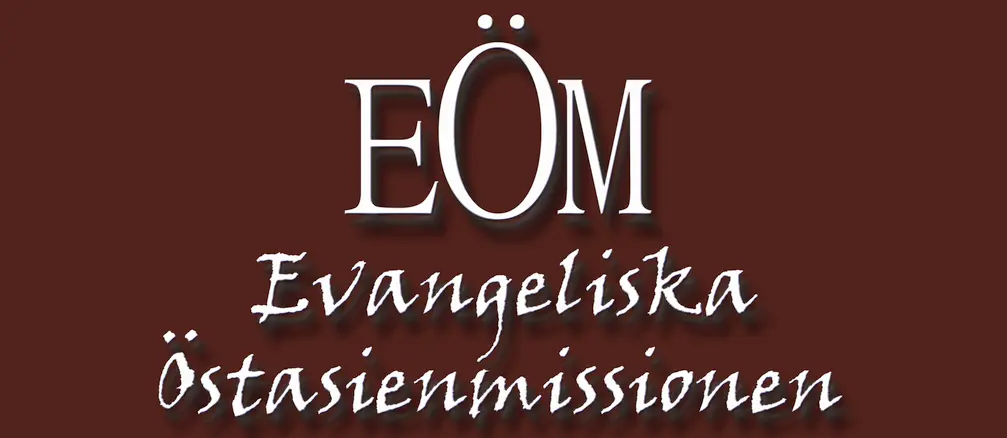EEAM (Evangelical East Asia Mission)

The Evangelical East Asia Mission (EEAM) formed through the merger in 1982 of two Swedish missions: the Swedish Evangelical Orient Mission and the Swedish Mongol Mission. The work of these two missions began in Japan in 1950. We were inspired by a strong appeal from the famous Japanese evangelist Toyohiko Kagawa: “Now when the doors to China are closed, please send your missionaries to Japan which is wide open for the Gospel!”
The Swedish Mongol Mission planted 11 churches, mainly in Hokkaido, which have now all joined the Japanese denomination Nihon Dōmei Kirisuto Kyōdan. All our first missionaries were former missionaries to China. Because they initially hoped to return to China, they didn’t start any work of their own in the first few years but instead helped local churches. It was not until 1955 that they started planting churches. Our mission field was the eastern part of Shizuoka prefecture, south of Mount Fuji, in the area around Suruga Bay and the Izu Peninsula.
My wife, Kerstin, who came with her parents Johannes and Ingrid Aspberg in 1950, remembers six adults were baptised in Ohito (now Izunokuni city) in 1953; two of them later became pastors. Kerstin’s father died suddenly in 1954, but her mother Ingrid, together with a Japanese pastor and his family, continued missionary work in that small town for almost 40 years. In 1958, about 1,000 people drowned in a devastating typhoon, but Ingrid survived and, together with other Christian organisations, did all kinds of rescue and relief work. As a result, many were added to the church.
We now also have churches in the cities Fujinomiya, Fuji, Numazu, and Mishima. Three World Horizons missionaries have been helping us with church planting and rural evangelism in the Izu Peninsula since 2000.
In 1986, EEAM handed over the property and church buildings to create a Japanese religious body, the Orient Evangelical Church. EEAM is currently only responsible for the church in Fuji, where we live and work. EEAM is a very small mission consisting of me (Bo Dellming), Kerstin, our son Daniel, who works as a missionary and teacher at Kwansei Gakuin University in Nishinomiya, his family, and Marianne Nyselius, a retired missionary in Okayama.
The Lord has taught me many things over the years about ministry in Japan. Here are six:
- Get help from one another. A church should always work as a team. The Lord has been so good to me. I am very aware of my limitations but the Lord has provided us with talented people.
- Be a humble pastor or missionary. Recognise your weak points and delegate to those who can do the job better than you.
- The blessing of the Alpha course. Most of those baptized here in Fuji, including 30 Chinese, have come through the Alpha course.
- Aim to be a church of small groups. We haven’t got there yet, but we strive to bring everyone into a loving, caring, and intimate fellowship.
- Become a serving church. Show love and mercy to your community. We have been trying to help and share the Gospel with homeless people over the past 10 years, but we wish we could reach out much more.
- Love one another. A church united in love draws people like a magnet. A city with churches that work together in unity will have an impact. Missionaries loving and praying for one another will bear fruit.
We give much thanks for the fellowship we’ve enjoyed with JEMA people over the years, especially at the Church Planting Institute conferences.
